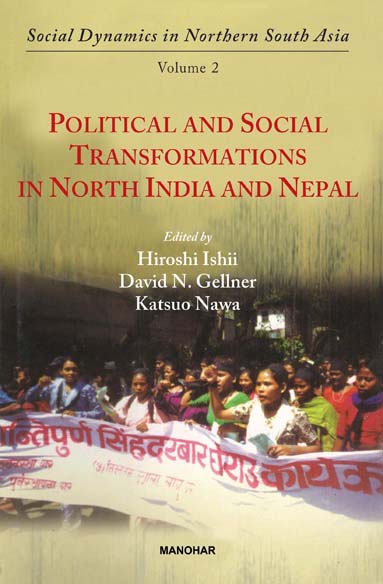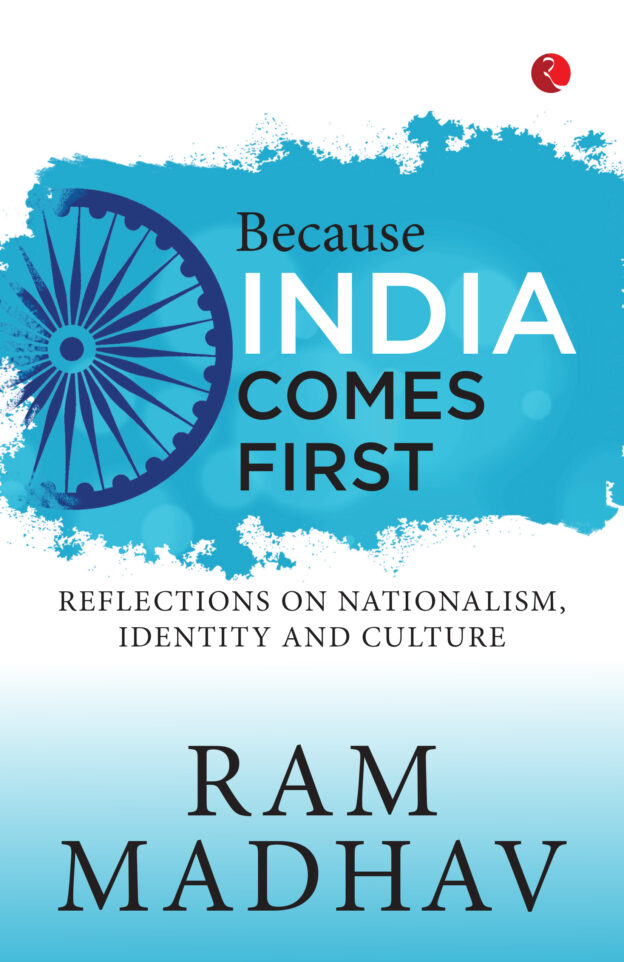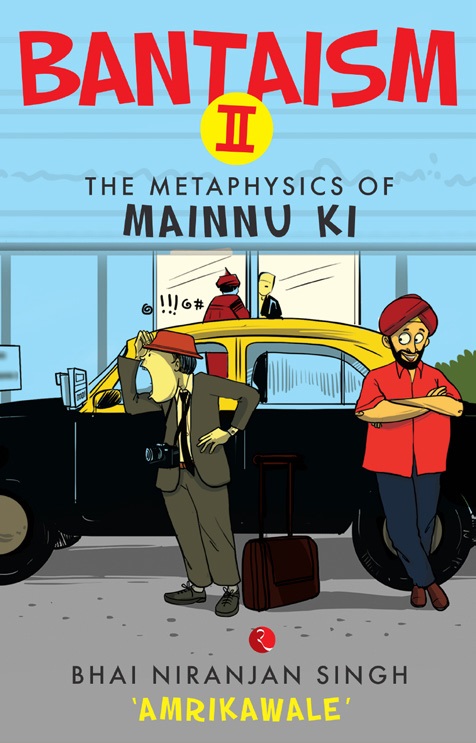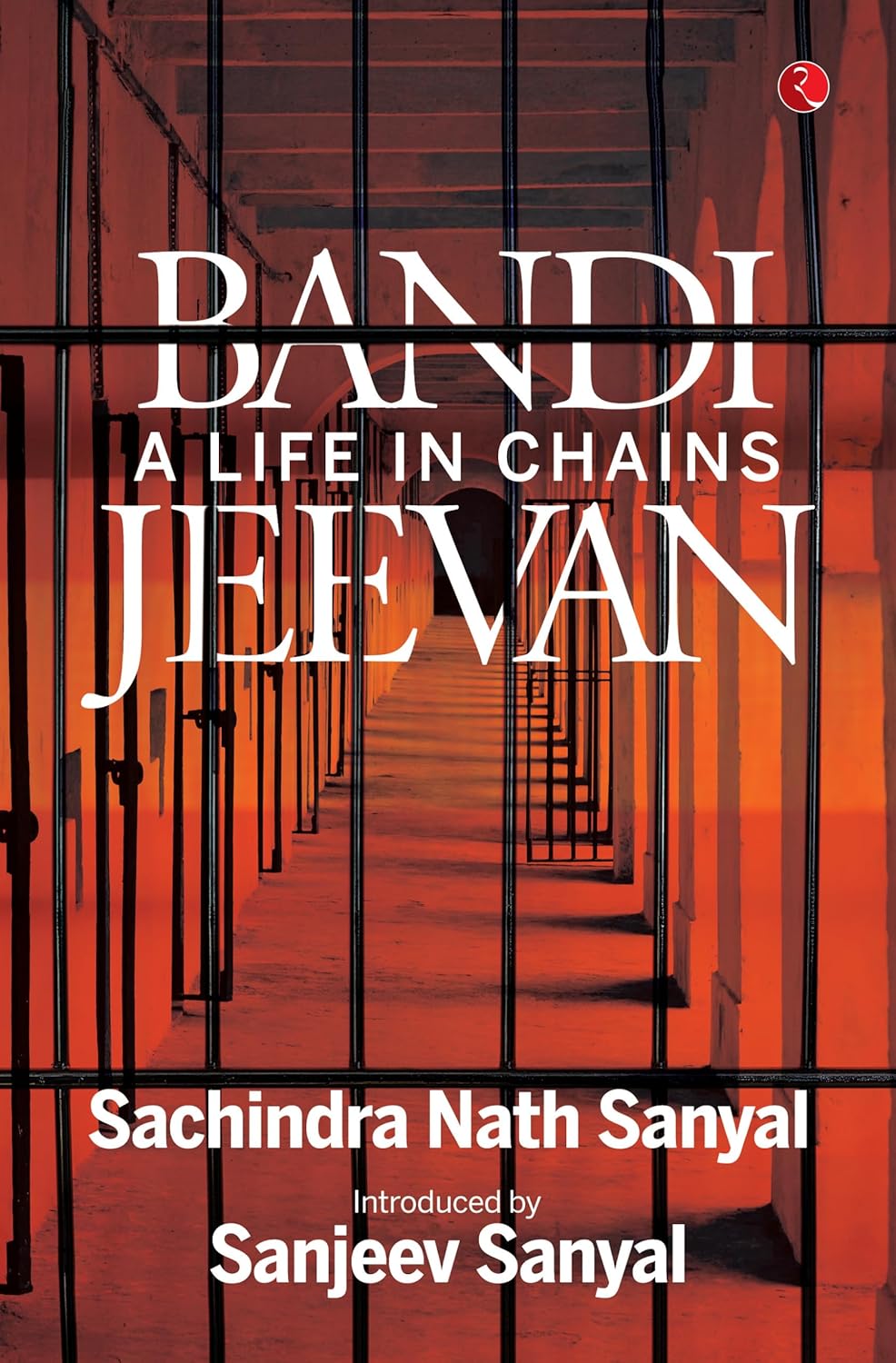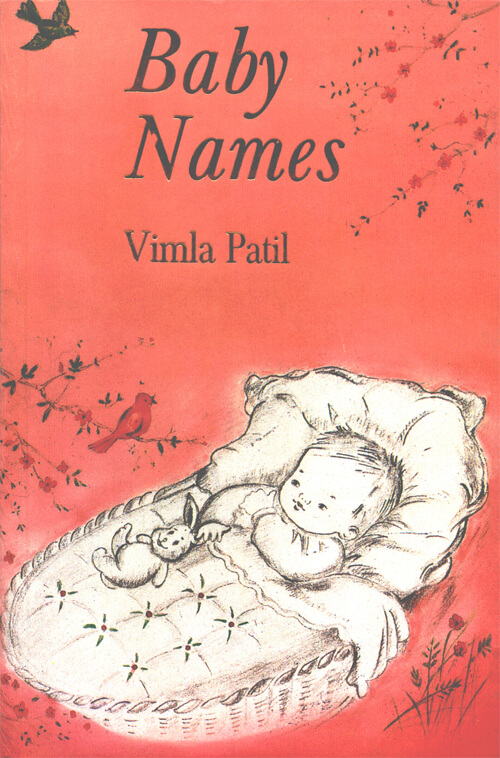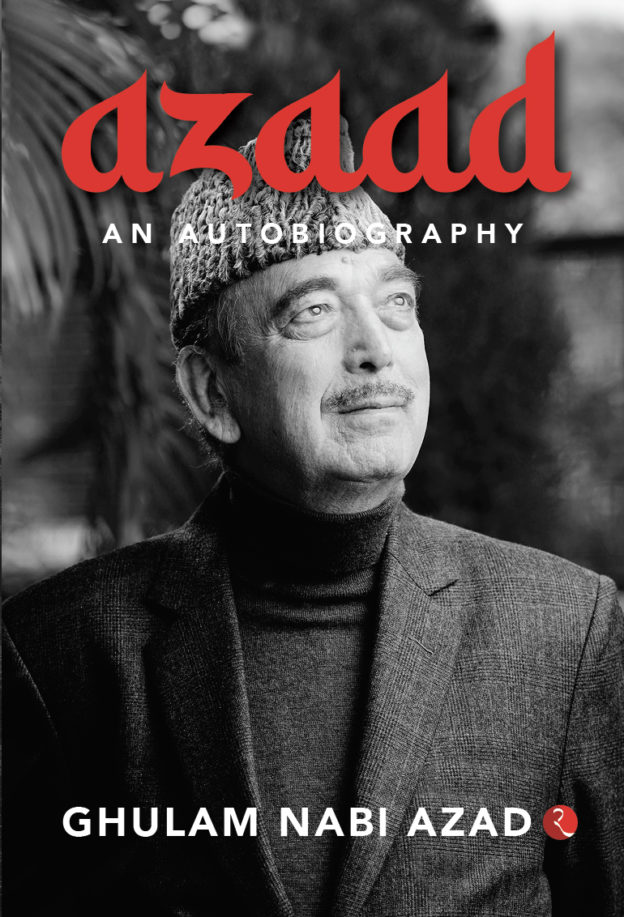Political and Social Transformations in North India and Nepal (Volume 2)
Availability :
In Stock
₹ 1,270.75
M.R.P.:₹ 1495
You
Save: ₹224.25 (15.00% OFF)
(Inclusive
of all taxes)
Delivery:
₹ 0.00 Delivery charge
Author:
Hiroshi Ishii, David N. Gellner and Katsuo Nawa
Publisher:
Manohar Publishers
ISBN-13:
9789390035243
Publishing Year:
2020
No. of Pages:
520
Language:
English
Book Binding:
Paperback

